Streamer fishing is always a blast, especially with warming spring weather! March, April and May are some of the best months of the year to throw streamers. Good fly selection, rigging and presentation will skew the odds in your favor and let you take advantage of this wonderful time of year. Let’s dive in!
Why is the spring a good time to fish streamers?
For most fish, metabolism is governed by water temperature. As the water warms in the spring, trout (including juvenile trout and other local baitfish like sculpin) become more active. With increased energy and a greater abundance of natural prey, the trout shake off the slower pace of life from the winter and start feeding more actively on bigger prey.
Lucky for us, more time chasing baitfish means more energy expended, and more energy expended means more eating. This positive feedback loop means that our streamers begin to “match the hatch” so to speak, looking ever more enticing to big predatory trout as we head into the runoff season.
During runoff, trout need to exert a significant amount of energy fighting the raging current of the river. In order to prepare for this energy expenditure, they try to pack on the pounds after a slow winter of eating midges!
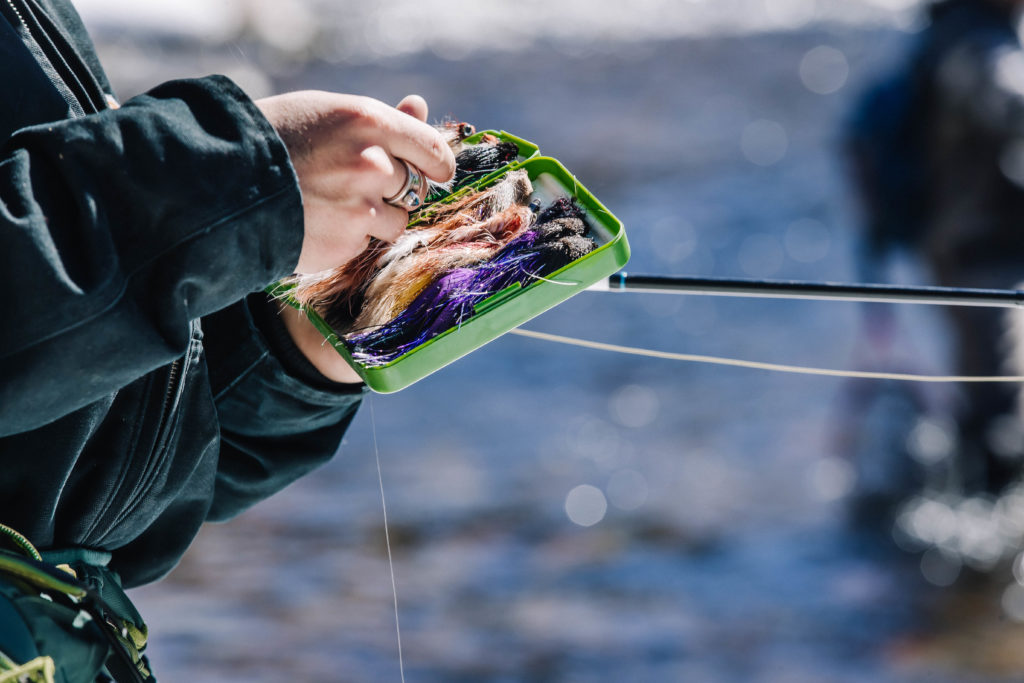
Rigging
Leader and Tippet
“Chucking meat” is somewhat less elegant than dry fly fishing, so keep it simple and functional when you’re rigging for streamers. You can get away with fishing heavier tippet when throwing big flashy flies, and we definitely recommend it! It’ll be easier for you to fight fish, keep your flies from breaking off and help you cast bigger heavier flies. We recommend two different options for rigging.
The first and most simple option is to use a tapered fluorocarbon leader. Fluorocarbon is strong and sinks when it hits the water, making it a great choice for streamer fishing because it will help your flies get down faster. If you’re fishing smaller leeches, wooly buggers or slumpbusters, a leader that tapers down to 3x should do the job. That being said, you can go heavier even on smaller streamers as runoff approaches and the water starts to get cloudy.
But the bigger your streamer is, the heavier you can go. A tapered fluorcarbon leader down to 0x- 2x will still work. Alternatively, especially when fishing large articulated streamers, I prefer using 20 lb Scientific Anglers Absolute Leader material for the butt section of my rig and use a micro swivel to attach the section of 0x-2x Fluorocarbon that I’ll be tying my streamer to. Using this method allows you to customize your rig for the type of water you’re fishing. Lastly, use a non-slip loop knot to attach your streamer to your rig. Using a loop knot will let your streamer move more freely and give it better motion in the water.
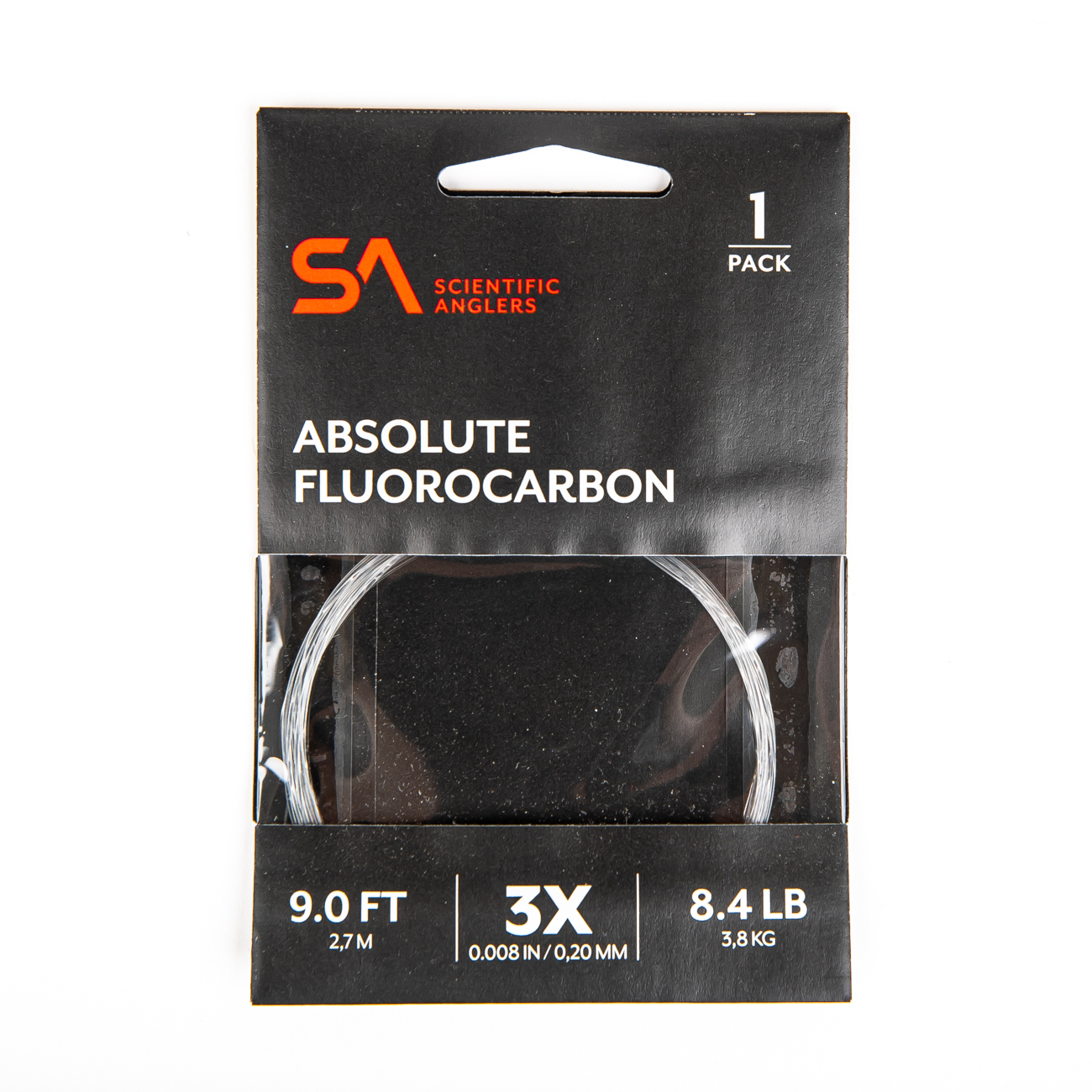


Fly Line Selection
Throwing weighted streamers on a floating line will get the job done on the Roaring Fork and other smaller mountain rivers – especially early in the spring when water levels are still low. The Airflo Superflo Universal Taper is an awesome PVC free line that can handle heavy streamers, nymph rigs and dries, making it a great choice for early spring fishing! However, you can also opt to throw an unweighted streamer on an intermediate sinking line to achieve a similar presentation. Pairing unweighted flies (like a Drunk and Disorderly) on a sinking line can help you imitate the movement of a wounded baitfish. This presentation can be especially effective in the spring since trout are looking for an easy meal after the winter.
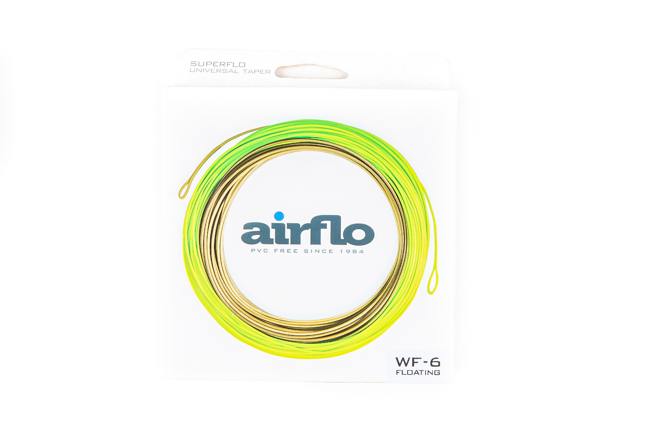
If you’re fishing later in the spring when water levels begin to rise, or fishing a spot with lots of deep holes, using a sinking line will get your streamer in front of more fish. An intermediate sinking line is still a good choice, but if you’re fishing a deeper section of river or high flows, a full sinking line is your best bet.
Fly Selection
People that fish streamers generally have strong opinions about what works and what doesn’t. Some anglers love throwing big, flashy, nasty streamers for big fish exclusively. Some anglers like the finesse game of throwing small leeches, sculpin and baitfish to mimic more common food sources in the river. You can’t go wrong either way, and the truth is that keeping your mind open to both options will help you put more fish in the bag.
If you start your day throwing big articulated flies and the fish are crushing them, keep doing what you’re doing. What could be better? However, you’ll find that isn’t always the case. If the marquee flies aren’t working, try changing colors and sizes until you find something that starts enticing fish. Streamer fishing is a numbers game. Cover water, change flies and adjust your depth until you start connecting with fish. Once you find something that works, have faith and stick with it, there’s always a lunker out there waiting for you!
Great Spring Streamer Patterns
- Pine Squirrel Leech #10 (Natural)
- Slumpbuster #8 (White, Olive)
- Mini Sex Dungeon #8 (Natural/Olive, White)
- Mini Drunk and Disorderly #8 (Black/Purple, Yellow, Olive)
- Trick Or Treat #2
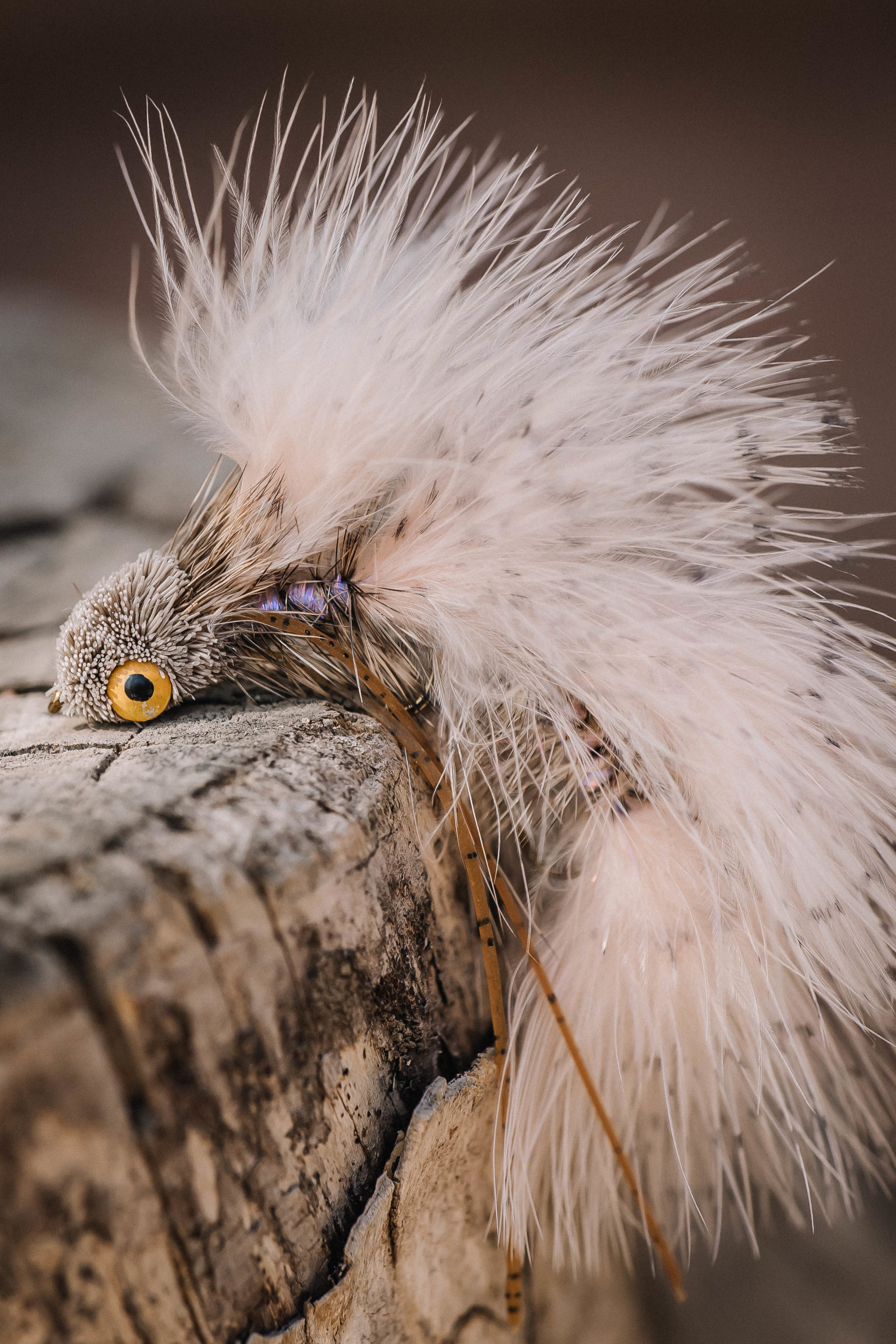


Presentation
In a classic streamer presentation, the angler casts directly cross-stream or slightly downriver and lets the fly sink and swing downstream before retrieving it. There’s a reason this method is a classic: it works! Stripping your fly back upstream imitates prey fleeing the trout and triggers a predatory response, plus it’s an awesome way to cover a lot of water on larger rivers. That said, it’s not the only way you can fish streamers.
Casting upstream and retrieving your fly as it moves downriver towards you can also be productive, and allows you to fish pockets behind boulders, logs or eddies and cut banks. This method will help get your streamer down and in front of the fish in a given slot. They’ll have less time to chase your streamer, but sometimes a surprise meal coming downstream right at the fish is what works best!
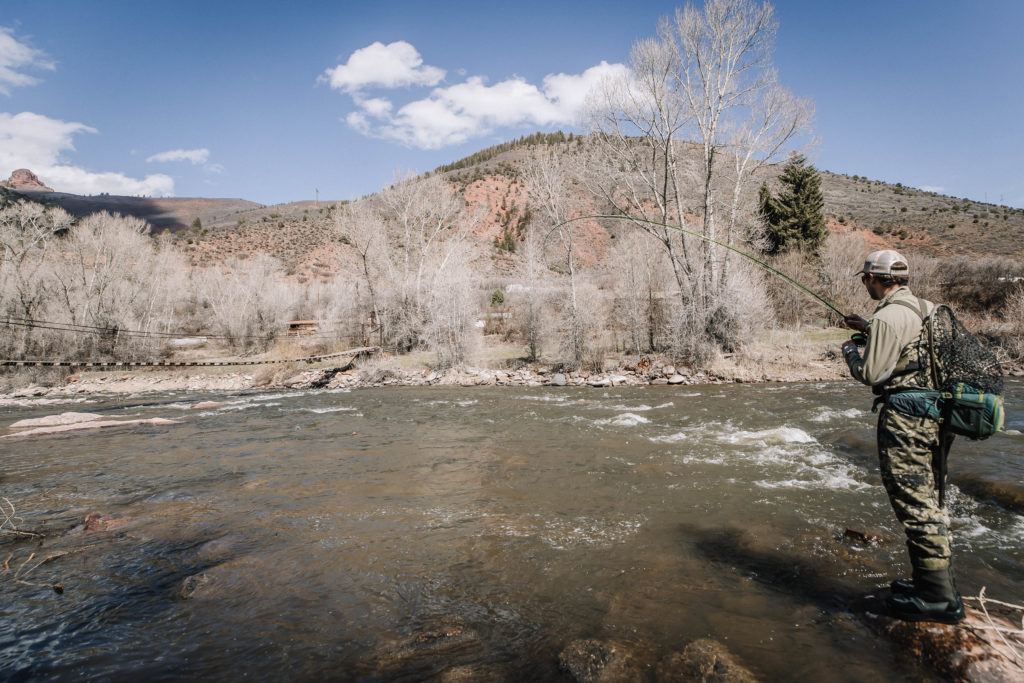
Earlier in the spring when water temps are still cold, try a slow retrieve because the fish are more sluggish. As water temperatures rise, fish will have more energy to move and chase your streamer, so you can retrieve more quickly. Just like your fly selection, try different stripping speeds until you find what the fish like. Sometimes the right fly won’t catch fish if you’re stripping too fast or too slow, so always use the feedback that the fish give you!
Written by Cian McGillicuddy, Photos by Anna Stonehouse

